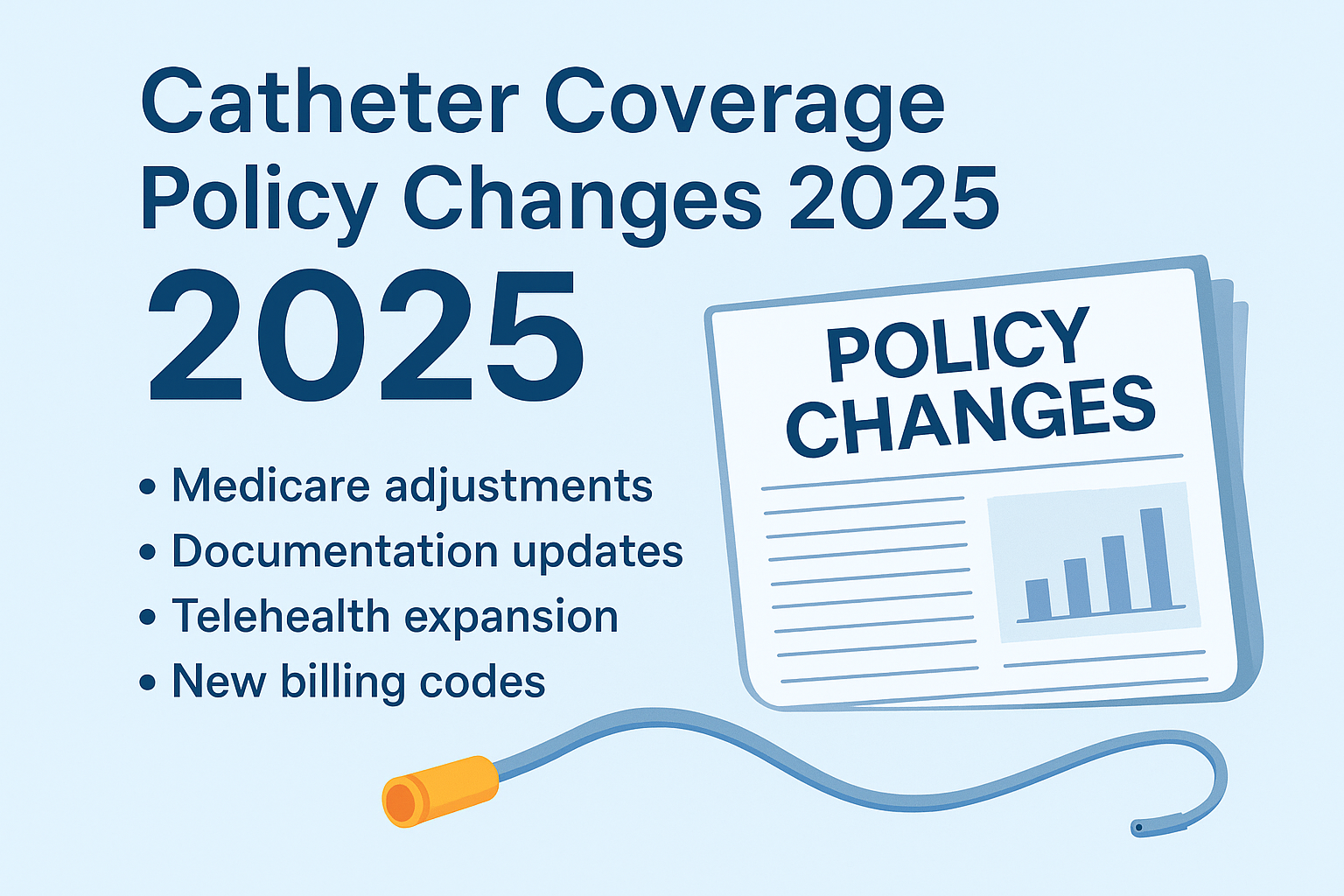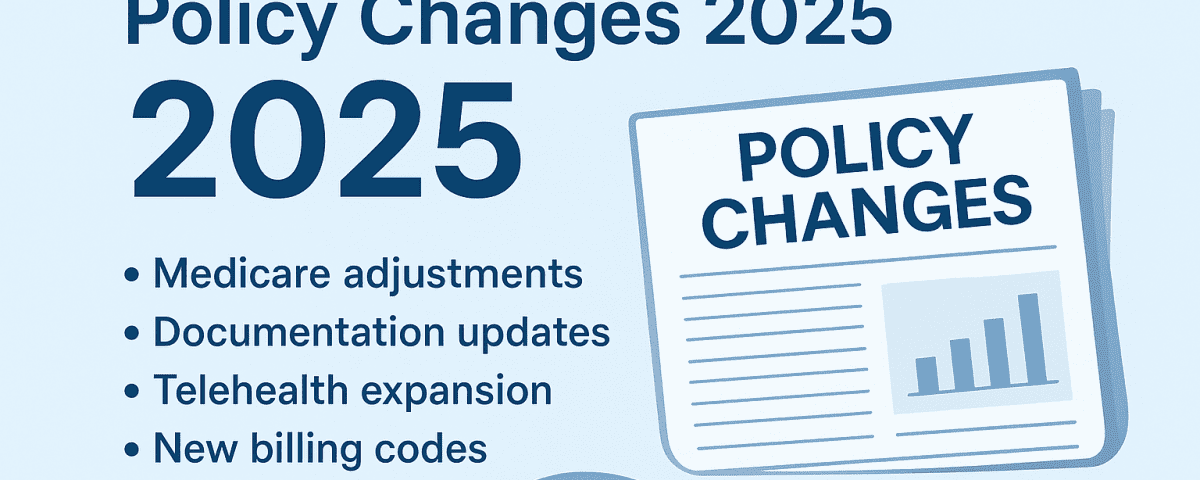
5 Types of Male Catheters: Benefits, Safety Tips & FAQs Explained
September 29, 2025For patients who rely on urinary catheters, insurance and Medicare coverage can make a significant difference in both affordability and access to supplies. Recent updates in government policies are shaping how catheter coverage is handled, which impacts not only patients but also caregivers and healthcare providers.
Medicare and Catheter Coverage in 2025
Contents
Medicare Part B has traditionally covered intermittent catheters, indwelling catheters, external catheters, and related supplies when deemed medically necessary by a physician. This includes not only the catheters themselves but also accessories such as drainage bags, lubrica nt packets, and tubing. Typically, Medicare allows patients to receive up to 200 single-use intermittent catheters per month, though individual needs may vary.
nt packets, and tubing. Typically, Medicare allows patients to receive up to 200 single-use intermittent catheters per month, though individual needs may vary.
Understanding how Medicare handles catheter coverage is essential for patients. Coverage is granted when a doctor certifies that the catheter is required for treatment, such as urinary retention, neurogenic bladder, or incontinence. Without this coverage, patients could face hundreds of dollars in out-of-pocket expenses each month, making access to reliable supplies far more difficult.
👉 Learn more on our Medicare covered catheters page.
Recent Government Policy Changes
- Updated quantity limits: Medicare and private insurers are reviewing standard utilization guidelines, potentially limiting the number of intermittent catheters supplied per month. This could affect patients who need more frequent catheterization due to their condition.
- Documentation requirements: Physicians may now need to provide more detailed medical necessity notes, which could delay initial coverage approvals or renewals.
- Telehealth flexibility: Expanded telehealth rules allow doctors to prescribe and renew catheter supplies virtually, making it easier for patients in rural or underserved areas to maintain access.
- Reimbursement codes: Changes to HCPCS (Healthcare Common Procedure Coding System) codes may alter how suppliers bill Medicare and insurers for catheter supplies, which could lead to billing confusion or temporary coverage gaps.
How Catheter Coverage Policy Changes Impact Patients
For patients, stricter quantity limits may mean learning how to request exceptions or appeal denied claims. For example, a patient with frequent catheterization needs may need to prove medical necessity for receiving more than the standard 200 catheters per month. The increased emphasis on documentation may also require closer communication with healthcare providers to ensure paperwork is filed correctly and on time.
On the positive side, expanded telehealth services make it easier to manage prescriptions and renewals without frequent in-person visits. Patients who live in rural areas or who have limited mobility can now consult their physicians virtually, which reduces barriers to care and ensures more consistent access to supplies.
Healthcare providers and suppliers must also adapt, ensuring they remain compliant with Medicare rules while still helping patients receive the necessary number of catheters each month. Patients who understand catheter coverage rules are more likely to secure continued coverage without interruptions.
What Patients Can Do About Catheter Coverage
Patients and caregivers should take several proactive steps to minimize the effects of changing catheter coverage policies:
- Stay in regular contact with your healthcare provider to ensure documentation is updated.
- Ask about telehealth options to simplify prescription renewals.
- Keep records of denied claims and learn the appeals process if coverage is reduced.
- Work with trusted suppliers who are familiar with Medicare billing and can help navigate changes.
- Review your insurance plan’s coverage policies each year, as guidelines may shift.
Staying Informed on Catheter Coverage
Because Medicare and insurance policies evolve frequently, staying informed is key. Patients and caregivers should monitor updates from Centers for Medicare & Medicaid Services (CMS) and work closely with trusted suppliers to ensure coverage continues uninterrupted.
👉 For assistance with catheter coverage, visit our Health Care Providers page or contact us directly for support.
Conclusion
Government policy changes will continue to influence catheter coverage, affecting both affordability and access. By staying updated on Medicare guidelines, utilizing telehealth options, and partnering with reliable suppliers, patients can better manage their health needs and avoid disruptions in care. Proactive steps today can help ensure uninterrupted access to the catheter supplies that patients depend on tomorrow.


![IMG_7283[2] IMG_7283[2]](https://www.lnsmedicalsupply.com/wp-content/uploads/2024/08/IMG_72832-660x300.jpeg)